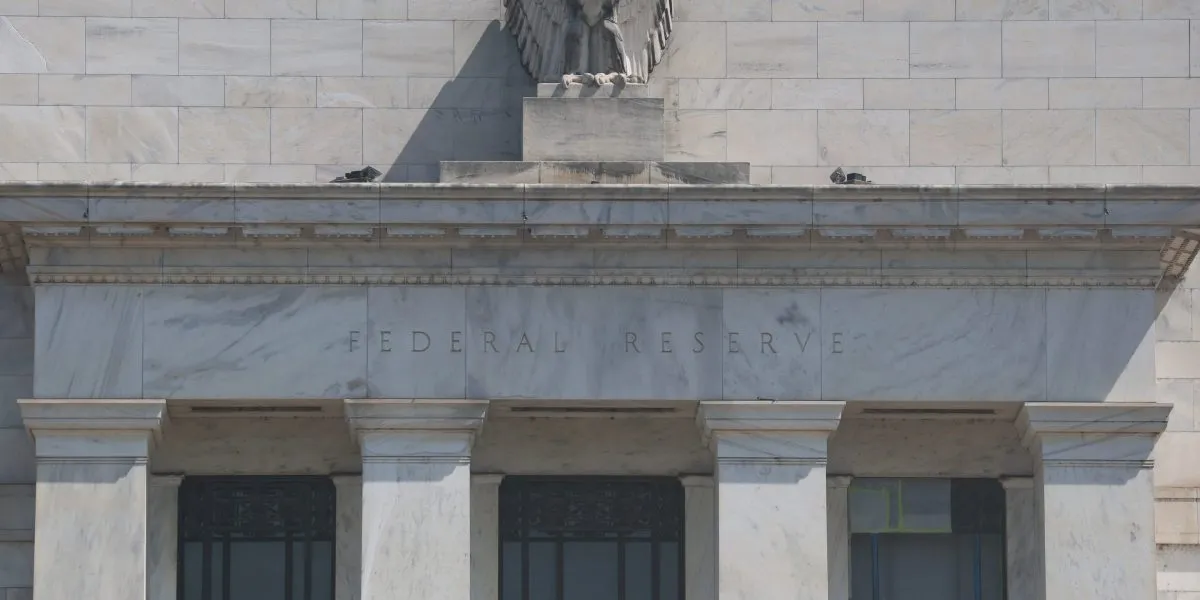
The federal funds rate currently stands at 4.25%-4.50%, and any significant reduction in this rate would necessitate a drastic move by the Federal Reserve. Such a change would go well beyond the Fed’s usual practice of adjusting rates by a quarter point at a time. The last notable reduction occurred in September when rates were cut by half a point. This potential decrease has raised eyebrows on Wall Street, with many experts doubting its feasibility due to the potential upheaval it could cause in both financial markets and the broader economy.
Jeffrey Roach, the chief economist at LPL Financial, expressed skepticism regarding the likelihood of a substantial cut, labeling the idea as “ludicrous.” He emphasized that lowering rates too quickly or too significantly could have unintended consequences. Specifically, it could lead to a spike in long-term Treasury yields, as bond investors would begin to anticipate higher inflation driven by a lower rate, ultimately raising borrowing costs for both consumers and businesses.
Furthermore, Roach pointed out that a rate as low as 1% is typically associated with severe economic crises, such as the COVID-19 pandemic or the Great Financial Crisis. Such a drastic measure might alarm businesses, leading them to question whether another economic calamity is imminent. This sentiment could cause them to hold back on expansion plans, as they might prioritize caution over growth. “As a big business owner looking at rates at 1% or 2%, I’m definitely saying, ‘what do you know that I don’t?'” Roach noted, highlighting the potential for increased concern among business leaders.
A spokesperson from the White House referenced former President Trump’s assertions that the Federal Reserve always has the option to raise rates again if inflation begins to climb following a rate cut. Roach anticipates that, provided inflation remains under control, rates may eventually be able to decrease to around 3.5% by the end of 2026. He also criticized Fed Chair Jerome Powell for not raising rates sooner in response to the inflation surge that followed the pandemic.
Jay Hatfield, CEO of Infrastructure Capital Advisors, echoed Roach's sentiments, condemning Powell for his delayed response in raising rates while simultaneously criticizing the notion of slashing rates to 1%. Hatfield explained that while Treasury yields might initially fall following a cut to 1%, the prospect of rising inflation would likely prompt a return to a rate of 4% to curb the money supply. This scenario could push the 10-year yield to approximately 5%. After experiencing a mini-recession or a significant economic pullback, the yield could settle around 3.75%. “So it’s horrible economic policy to do that,” he remarked, reinforcing the negative implications of such a drastic rate reduction.
According to Hatfield, maintaining a fed funds rate in the range of 2.75%-3% would not incite inflation nor trigger a recession. However, he warned that keeping rates at their current levels could lead to an economic downturn. A reduction to 1%, on the other hand, would necessitate an expansive monetary policy that could lead to double-digit inflation. “It’s absolutely a ridiculous idea and will cause double-digit inflation,” he cautioned, underscoring the severe risks associated with such a policy shift.